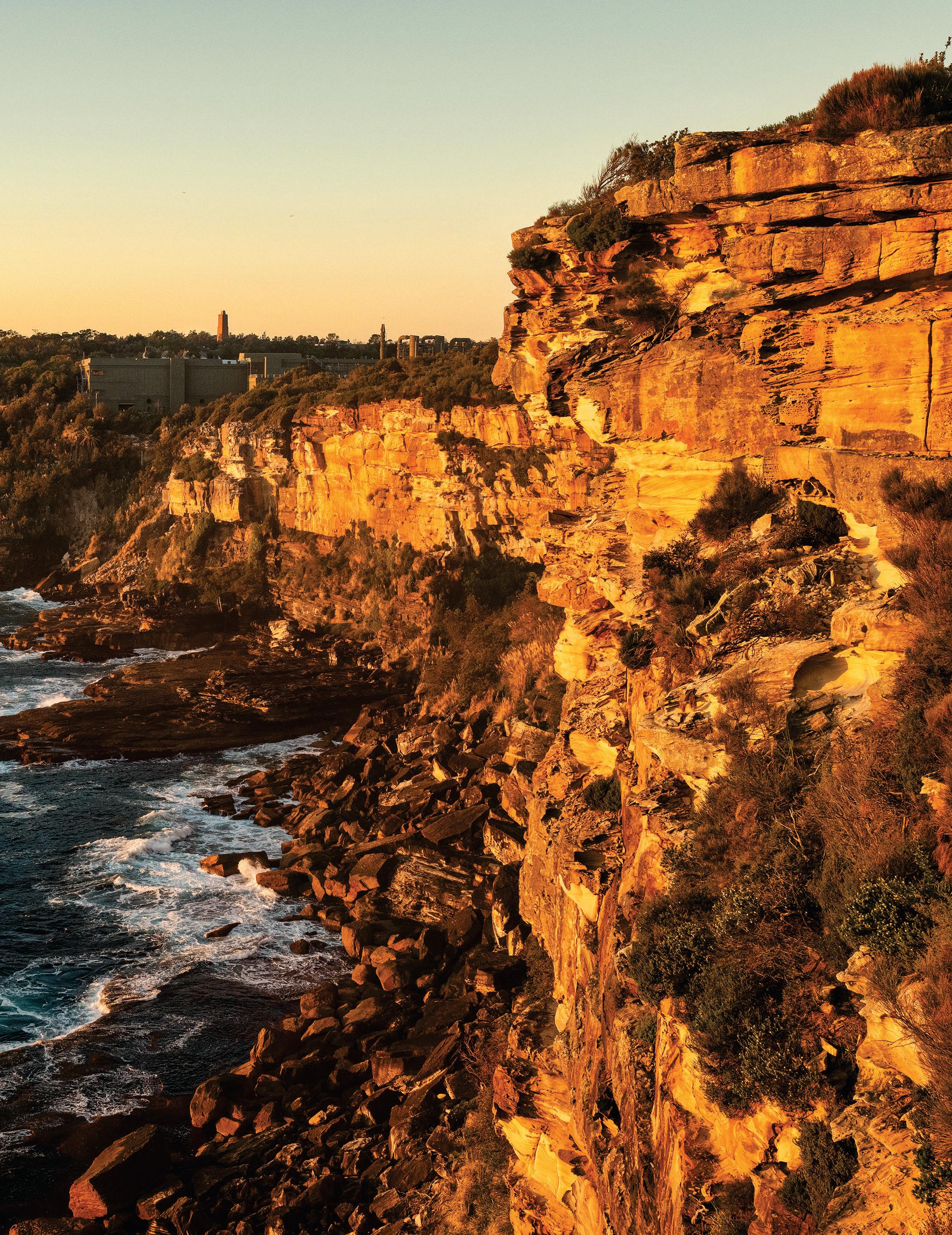A BROTHER'S CONVICTION
The New Yorker
|October 20, 2025
Did a grieving man's quest for justice go too far?

Scott Johnson was found dead at the base of North Head, a sandstone promontory in Manly, Australia, that looms two hundred feet above the craggy shore of the Tasman Sea.
A pair of spear fishermen were walking along the water on a humid morning in December, 1988, when they came upon his body, which was naked and badly disfigured. A storm had swept the coast the night before, washing away most of the blood, but seagulls were picking at bits of innards strewn across the rocks. One of the men left to call for help; the other waited for the police to arrive and hiked with them to the top of the cliff. Thirty feet from the edge, they spotted a neatly folded pile of clothes and a pair of sneakers stuffed with personal effects, including a rail pass. There were no signs of foul play, and there was no suicide note.
Scott was a twenty-seven-year-old American who had been living with his partner, Michael Noone, in the capital city of Canberra, three hours south of Manly. Late that evening, Noone arrived home to find a message on his answering machine from the police. When he called back, he was asked to come identify Scott’s body as soon as possible. Before making the drive to Manly, Noone called Scott’s older brother, Steve, a graduate student who lived in Cambridge, Massachusetts, with his wife and their newborn. The brothers were close, and Scott had stayed with Steve for six weeks that summer. Steve later recalled, of learning the news, “I can still feel the paralysis of those first quiet moments.”
Denne historien er fra October 20, 2025-utgaven av The New Yorker.
Abonner på Magzter GOLD for å få tilgang til tusenvis av kuraterte premiumhistorier og over 9000 magasiner og aviser.
Allerede abonnent? Logg på
FLERE HISTORIER FRA The New Yorker

The New Yorker
KICKS DEPT.ON THE LINE
On a chilly night last month, the Rockette Alumnae Association held its first black-tie charity ball, at the Edison Ballroom, in midtown.
4 mins
December 22, 2025
The New Yorker
Portraits of Everyday Life in Greenland
The thirty-six-year-old Greenlandic photographer Inuuteq Storch didn't know much about Inuit culture growing up. In school, for instance, he was taught about ancient Greek deities, but there was no talk of a native pantheon of gods
2 mins
December 22, 2025

The New Yorker
SELECTIVE MEMORY
\"Marjorie Prime\" and \"Anna Christie.\"
7 mins
December 22, 2025

The New Yorker
SPLIT TAKE
\"Is This Thing On?\"
6 mins
December 22, 2025
The New Yorker
THE MUSICAL LIFE - NO-FRILLS NOVICE
As the singer-songwriter Audrey Hobert descended into the Gutter, a Lower East Side bowling alley, the other day, she shared a confession.
3 mins
December 22, 2025

The New Yorker
RISK, DISCIPLINE
When Violet and I finally decided to get married, I was in the middle of a depression so deep it had developed into something more like psychosis.
28 mins
December 22, 2025

The New Yorker
CONSCIENTIOUS OBJECTORS
The second Presidency of Donald Trump has been unprecedented in myriad ways, perhaps above all in the way that he has managed to cajole, cow, or simply command people in his Administration to carry out even his most undemocratic wishes with remarkably little dissent.
4 mins
December 22, 2025

The New Yorker
THE PUZZLE MAESTRO
For Stephen Sondheim, crafting crosswords and treasure hunts was as fun as writing musicals.
16 mins
December 22, 2025

The New Yorker
GREETINGS, FRIENDS!
As now the year two-oh-two-five, Somewhat ragged but alive, Reels and staggers to the finish, All its drawbacks can't diminish, Friends, how gladly 'tis we greet you! We aver, and do repeat, you Have our warm felicitations Full of gladsome protestations Of Christmastime regard! Though we have yet to rake the yard, Mercy! It's already snowing.
2 mins
December 22, 2025

The New Yorker
NINE LIVES DEPT. NIGHT THOUGHTS
First, a moment of silence. The beloved cat of the actor-comedian Kumail Nanjiani died three months ago. Her name was Bagel. She was seventeen.
2 mins
December 22, 2025
Listen
Translate
Change font size

